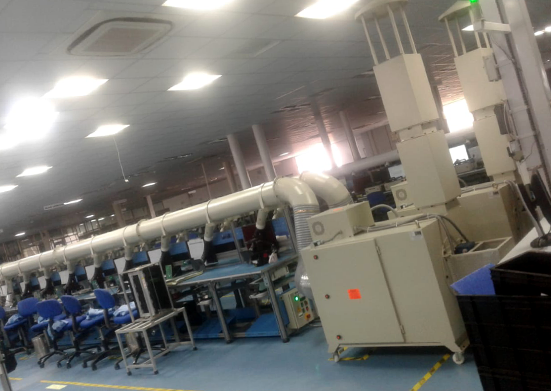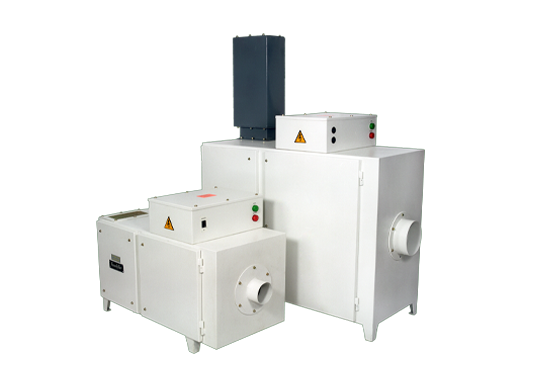In the industrial sector, maintaining air quality is a critical concern, especially in environments where hazardous fumes are prevalent. Welding shops, in particular, face significant challenges due to the production of toxic fumes and particulates during welding processes. Poor air quality not only poses health risks to workers but also affects overall operational efficiency. This case study explores how Powertech Pollution Controls’ FumeKiller® significantly improved air quality in a welding shop, enhancing both worker safety and productivity.
The client, a medium-sized welding shop specializing in the fabrication of automotive components, was grappling with severe air quality issues. The shop employed over 30 welders who worked in close proximity to each other, increasing the risk of exposure to harmful fumes. The management had received numerous complaints from employees about respiratory problems, eye irritation, and overall discomfort.
Recognizing the urgency of the situation, the team from Powertech Pollution Controls completed a comprehensive study of the application and it was decided that the FumeKiller®, due to its advanced technology, superior filtration capabilities, and proven track record in similar industrial settings, would be used as welding fume extractor to provide a solution for the issue.
The FumeKiller® is an electrostatic fume extraction system designed to capture and neutralize welding fumes at the source. It utilizes a combination of mechanical filtration and electrostatic precipitation to remove even the finest particulates and gaseous pollutants from the air. The system is equipped with high-efficiency filters that trap large particles, while the electrostatic precipitator charges and collects smaller particles, ensuring comprehensive air purification.
The entire system was designed such that each welding station would be equipped with a single portable FumeKiller® unit, which would be equipped with a flexible extractor arm to ensure that the fume extraction hood was placed as close as possible, ideally within 8 – 10 inches, from the fume generation point. This system would ensure that the FumeKiller® could be repositioned at any point of time in case the welding station is moved to a different location.
Within weeks of installation, the welding shop began to experience noticeable improvements in air quality. The FumeKiller® effectively captured and removed welding fumes, significantly reducing the concentration of airborne pollutants. Workers reported a marked decrease in respiratory issues and eye irritation, and overall comfort levels improved. The improved air quality also contributed to a more pleasant and productive working environment, boosting employee morale and satisfaction.
In addition to health benefits, the FumeKiller® provided substantial operational advantages. The reduction in airborne particulates minimized equipment malfunctions and maintenance requirements, leading to lower operational costs and increased efficiency
Moreover, the FumeKiller®’s advanced filtration system ensured that the welding shop complied with stringent environmental and safety regulations. By maintaining air quality standards, the shop avoided potential fines and legal issues, reinforcing its commitment to worker safety and environmental responsibility.
The success of the FumeKiller® as a portable welding fume extractor underscored the importance of investing in high-quality air pollution control solutions. The positive impact of the installed welding fume extractors in this welding shop serves as a compelling example for other industrial facilities facing similar air quality challenges. It demonstrates that with the right technology and expert support, it is possible to create a cleaner, safer, and more efficient work environment. For more information about the FumeKiller® and other air pollution control solutions, visit our product page or contact us today.





